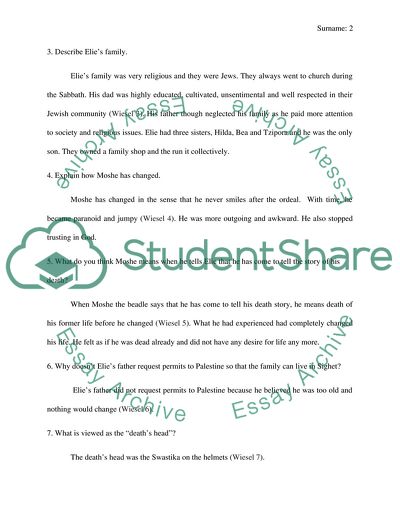Cite this document
(The Character Moshe the Beadle in The Night Book Report/Review - 6, n.d.)
The Character Moshe the Beadle in The Night Book Report/Review - 6. Retrieved from https://studentshare.org/literature/1844367-book-review
The Character Moshe the Beadle in The Night Book Report/Review - 6. Retrieved from https://studentshare.org/literature/1844367-book-review
(The Character Moshe the Beadle in The Night Book Report/Review - 6)
The Character Moshe the Beadle in The Night Book Report/Review - 6. https://studentshare.org/literature/1844367-book-review.
The Character Moshe the Beadle in The Night Book Report/Review - 6. https://studentshare.org/literature/1844367-book-review.
“The Character Moshe the Beadle in The Night Book Report/Review - 6”, n.d. https://studentshare.org/literature/1844367-book-review.


